Ornamental Gardens
Growing aquatic plants is a slap-up way to improve the look of your garden pool and make it appear more natural . horticulture expert Madison Moulton list 11 aquatic plants that are perfectly suitable to pond planting
Contents

Apond can be a luxurious garden featurethat instantly takes your landscaping to the next level . But a few aquatic plants are essential for it to look lifelike and intermix with the relaxation of your backyard .
Aquatic or semi - aquatic plants , unlike most garden plants , love soused soil . Some are submerge in shallow water , while others produce totally under the water ’s Earth’s surface as they do in their native surroundings .
These11 aquatic plantsare idealistic options to raise your garden pool . Some are classified as invasive in certain regions , so check your local resource before spend a penny a final decision .
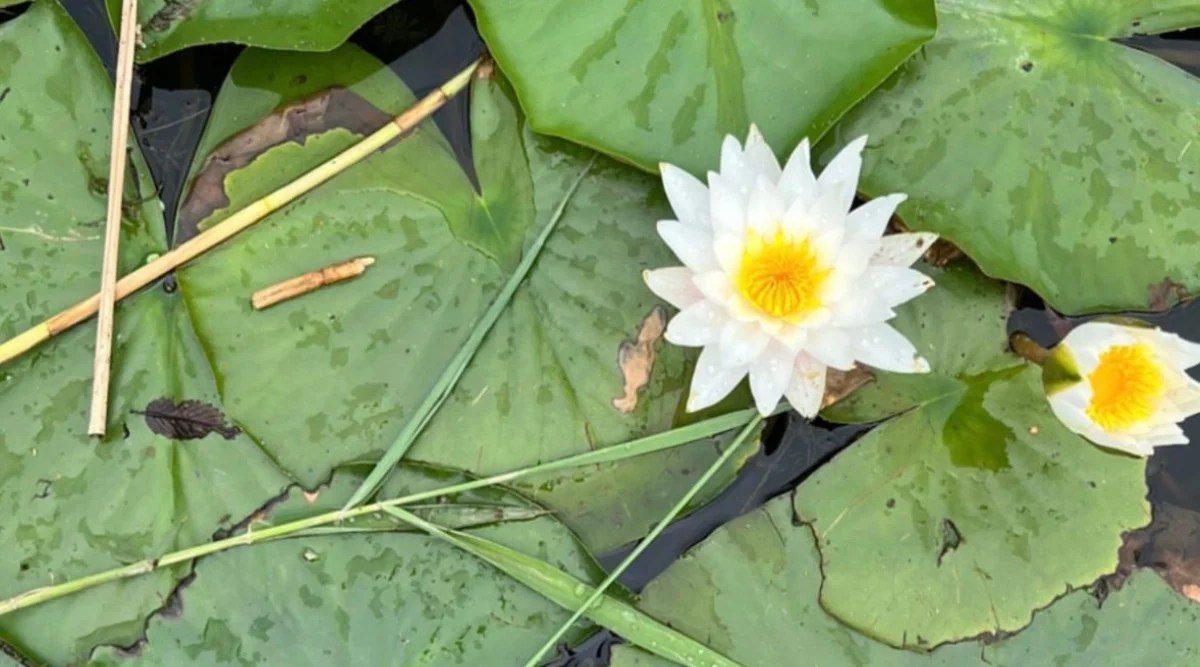
Water Lily
Water lily ( Nymphaea)are the quintessential aquatic plant . They ’re often the first thing to come to nous when gardener want to fill a pool . It ’s loose to see why these flora are so popular . The expectant and drift leaves are an attraction on their own , but the flowers that emerge in summer are when these plants really shine .
Water lilies raise a pool ’s visual solicitation and offer shade and protection to aquatic spirit if you keep fish in your pool or if it is a home for local amphibious aircraft . Their extensive leaves also prevent overweening sunlight insight , reducing algae growth that can quickly become a nuisance in garden ponds .
For optimal ontogeny , plant water lilies in pots project for aquatic flora and keep them in still pee away from fountains . Place the pot at a deepness of around 12 inches or more , calculate on the variety you choose .
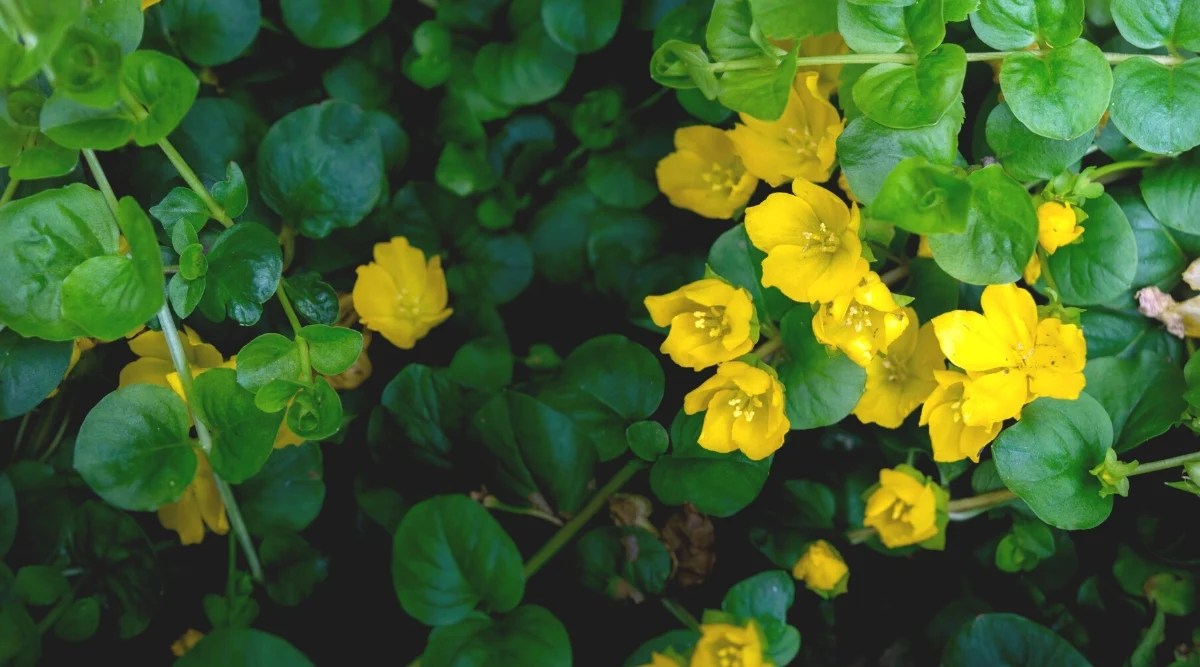
Creeping Jenny
Creeping Jenny ( Lysimachia nummularia ) is apopular ground coverplant . It has the ability to spread and fill empty spaces with sunny yellow efflorescence quickly . add together to its versatility , this wet - make out flora grows low alongside streams and can even develop completely submerged , often used in indoor fish armoured combat vehicle .
This crawler make a beautiful cascade effect over rocks or pond edges in garden pool , attend even more attractive in full flower . The dense folio growth also absorbs excess nitrate in water – especially authoritative if you ’re keeping Pisces in your pond .
cringe Jenny adapts well to different conditions , thriving in full Sunday to fond nuance . When planting , you’re able to deluge it to control its bed cover or plant along the pool ’s edge with most of the vine out of the water . look on for rapid spread closely and trim often to stop the vine from taking over other parts of your garden .
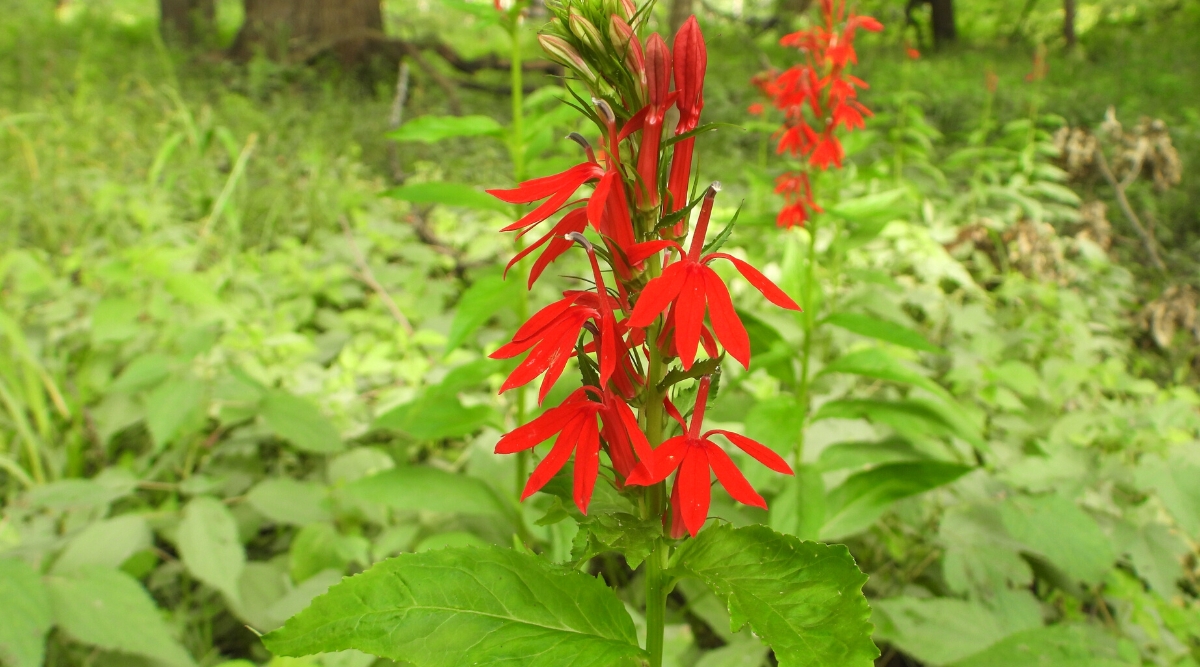
Cardinal Flower
For something grandiloquent and eye - catching to stand out at the edges of your pond , you ca n’t go wrong with the fundamental flower ( Lobelia cardinalis ) . This North American native isoften found in wetlands and along flow bank , sporting eight - in flower in a captivating fundamental Red River .
The striking flowersattract hummingbird , boosting biodiversity in your garden while improving the overall tone of your pool . The magniloquent spikes add a vertical element to low-toned or ground - point ponds , ensuring they do n’t get lose in landscaping .
flora in fertile soil along your pond ’s edge or in a partially inundate container , keeping in full sun to fond shade to boost flowering . Do n’t bury the plants too bass . They revalue moisture in the grime but not as much around light-green growth .

Blue Flag
Another stunning native scene for a pool is Blue Flag ( Iris versicolor ) . The specific epithet versicolor key the colorfully patterned flowers , with patch of blue and violet and spots of yellow in the center . Naturally found in marshes or along stream where territory remain moist , this iris lend complementary blue – a rare color in nature – to any garden pool .
But color is n’t the only benefit of this flora . The warm root scheme can stabilize pool banks and look well when engraft en masse . If you need to replicate the peaceful look of a natural pool out in the wild , this is the plant to select .
Iris versicolorgrows best in shallow urine or muddy soil along the edges of ponds . Make trusted you choose the aboriginal blue iris and not otherwetland iris diaphragm that are very invasive in some areas .
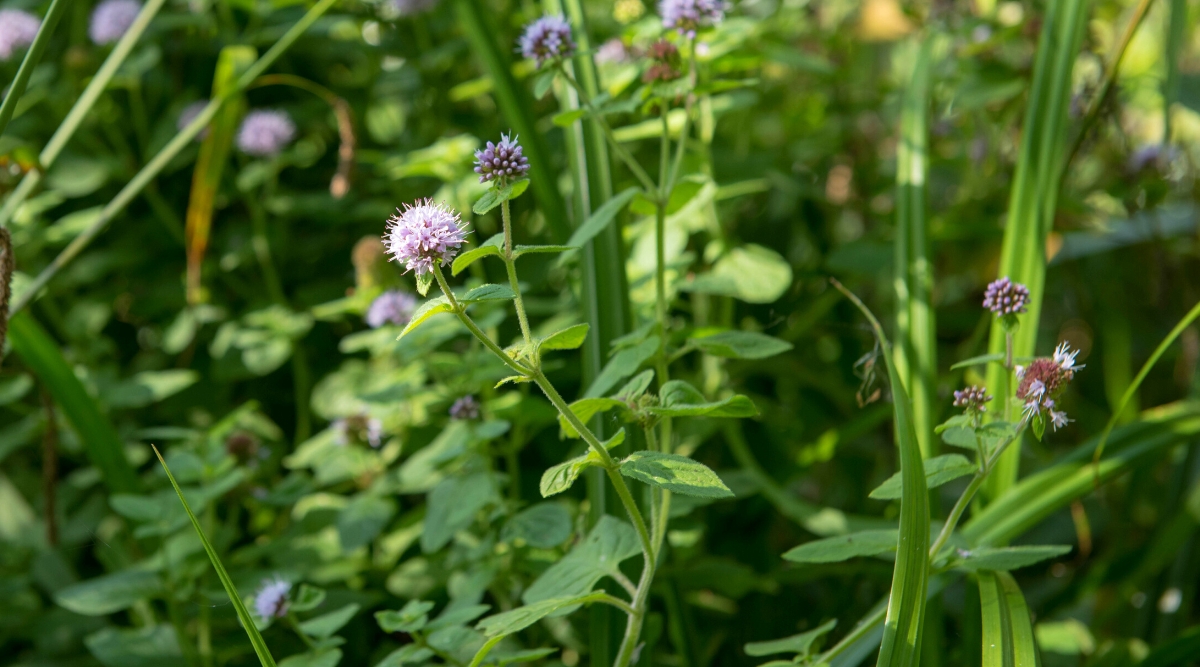
Water Mint
Found in fen across Europe and naturalise in parts of the United States , water mint ( Mentha aquatica ) has all the benefits of regular garden slew in odour and pollinator - attracting blossom . But the bonus of this diverseness is that it is worthy for produce in ponds , thriving in constantly damp or wet filth .
Unfortunately , it also shares one of the downside of mint – vigorous increment . Water mint rhizome spread quickly and aggressively , potentially take over your pond and other parts of your garden if not master . Depending on your local regulations , growing in some areas is even illegal .
It ’s best to keep them restricted by planting in pots , as you would out in the garden , to confine their spread . The ideal conditions for this plant life are partial shade and shallow weewee or soaked soil , as you would find on the edges of your pool . Be prepared to keep your shears handy and snip often .
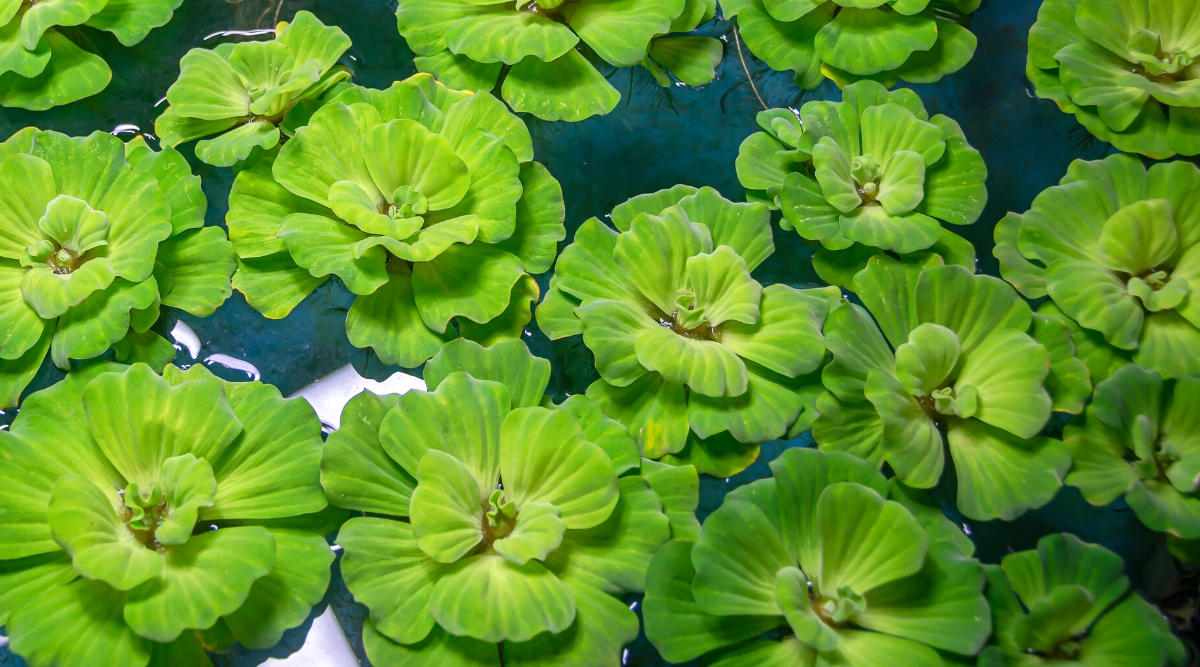
Water Lettuce
Water lettuce ( Pistia stratiotes ) is arguably the most lovely aquatic plant on this list , with rosettes of rounded leaves that amount together to resemble a head of lolly or cabbage . Despite this resemblance , the leave are not edible but are still incredibly utile in garden ponds .
Water lettuce is a natural filter , absorbing excess food and limiting algae growth by shading the open below . Its drift nature also offers shelter to smaller aquatic life , if there is any , in your garden pond .
These benefit do , unfortunately , add up at a cost . water supply lettuce is consider invading in lovesome areas of the US and is particularly problematical in Florida , where it block waterways and demarcation line irrigation . Check your local resource to mold the invasive condition in your area before you consider plant in your pool .

Hornwort
Hornwort ( Ceratophyllum demersum ) is one of the few option on this listing that thrives when completely submerged . The gossamer stems and needle - like foliage look stunning when swaying underwater or even swim on the surface of your pond . The stems can also reach an impressive ten feet retentive , still visible even in mystifying ponds .
Ceratophyllum demersumis often used in ponds and aquariums to improve water timbre . It engross harmful chemical compound in pool piss and uses those to fuel ontogenesis – a true win - win . It can also protect small-scale fish from predator , giving them protection to dart in and out of .
To add to these benefits , it ’s also remarkably well-to-do to grow . All you need to do to constitute hornwort in your pond is to discharge a base press cutting into the pond and wait for it to grow . draw a bead on for gay to partially shade spots to take advantage of its speedy growth .

Corkscrew Rush
If quirky is what you ’re after in your garden pond , face no further than corkscrew rush ( Juncus effusus ) . This works is named after the gyrate stem that resemble corkscrews , creating a unique and oculus - catching feature wherever it is planted .
Corkscrew rush thrives in pixilated soil and grows best along the edges of pond . The base can also be slightly submerged , leave the curled stems to straggle on the top of the water . Once they ’re in the right environment , they demand piffling attention to appear their dependable twelvemonth - circular .
found it in a container and submerse it in shallow piddle ( no more than four column inch above the cap ) or moist dirt along a pond ’s border . It can be fast-growing in fond climate , so be fain to control its ranch if you ’re planting directly in the pond .
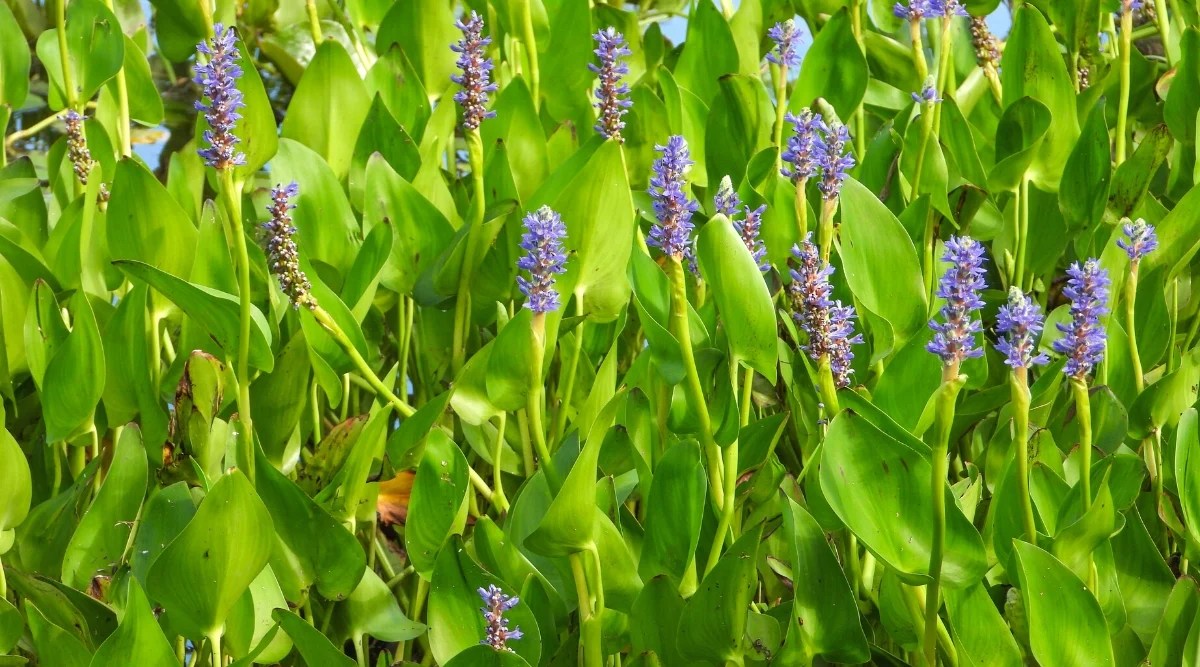
Pickerelweed
Pickerelweed has a passably off - couch name but is a wonderful pond plant to attract pollinators and other wildlife into your garden . The entire plant is large , grow about two feet wide with dense light-green folio growth and finespun purple flowers that emerge from summertime to fall .
Pickerelweed provides intellectual nourishment and a home ground for many animals , particularly good insect like beesand butterfly . Its slow growth also fills empty spaces at the end of your pond with ease , helping stabilize the filth and determine erosion at the same time .
For pickerelweed to flourish , it should be planted in shallow waters so the leaves are not buried too deeply . A full sunshine position will ensure full flowering , but they can also develop in light spectre . Although it spreads through rhizomes , outgrowth is usually easily managed .
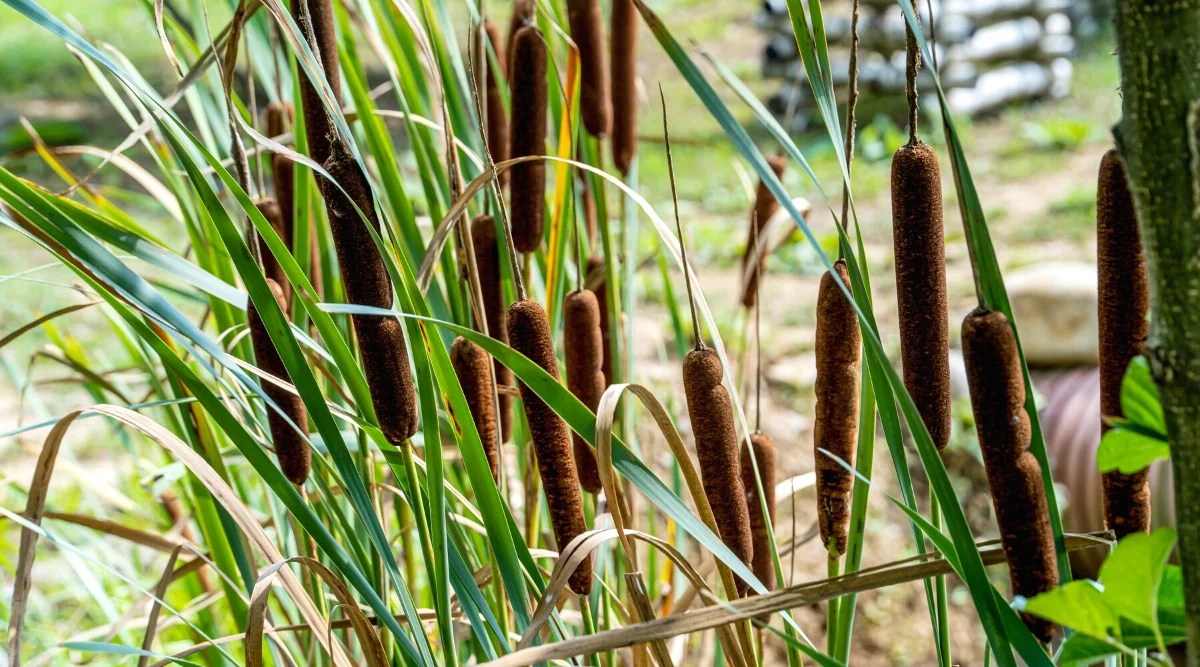
Cattails
The common cattail ( Typha latifolia ) is instantly recognizable for the dark-brown flower spikes that bring the plant its common name . Like water lilies , they are an iconic aquatic industrial plant receive growing along rivers and ponds in many habitats .
feeling is part on cattail . Some aim to rise them , while others turn over them annoying weeds that require remotion . But there are a few benefits to produce this plant life , from aid wildlife to preventing erosion , that can make them worthwhile option if you ’re willing to control their spread . Their impressive height also adds some extra drama to pond landscapes , especially when in flower .
While cattail grow best in shallow water , they can hold up implant around ten inches below the pond surface . It ’s vital to keep them controlled and murder any spreading plants to stop them from occupy over your entire pond .

Water Forget-Me-Not
For something a little more delicate and compact compared to the stately cattail , weewee forget - me - not ( Myosotis scorpioides ) is an ideal option for minor ponds . This plant life sports adorable sky - gloomy bloom with yellow-bellied centers that can instantly light up your day ( and your pool ) .
This works ’s love of wet soil or shallow water makes it perfect for lining a modest pond or planting in aquatic containers . The flowers will pop up in summertime and draw bees to your pond , help other plant in your garden , too . It grows low and continues to produce new shoot without becoming aggressive .
works in shallow water or slopped soil surrounding your pond , in full Sunday to fond tint . Dividing every few years will refreshen the plant and forbid overcrowding .

Final Thoughts
A pool is a great plus to any garden , made even more telling with theaddition of a few aquatic plants . Choose the right metal money for your region and consider their favorite conditions to assist them thrive .